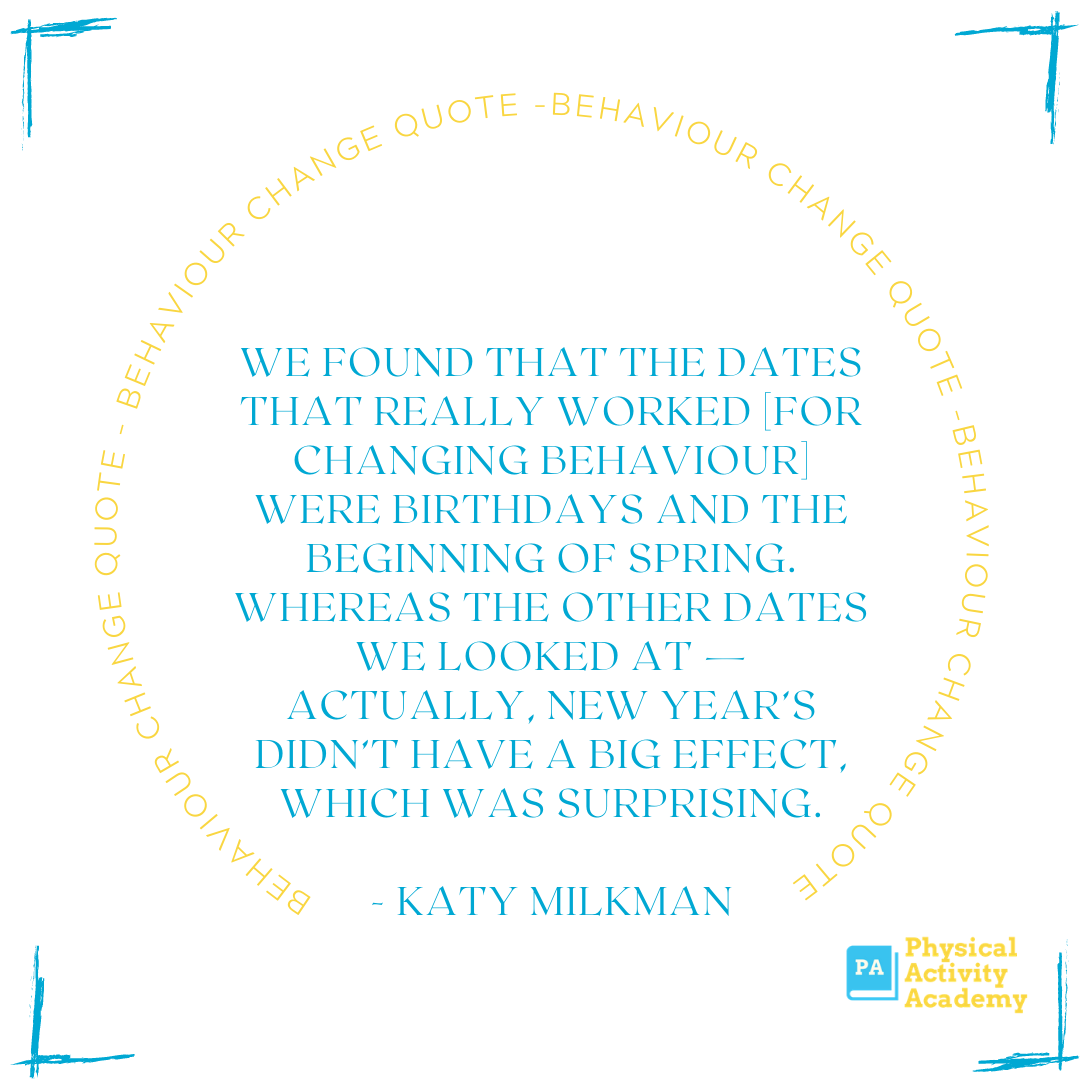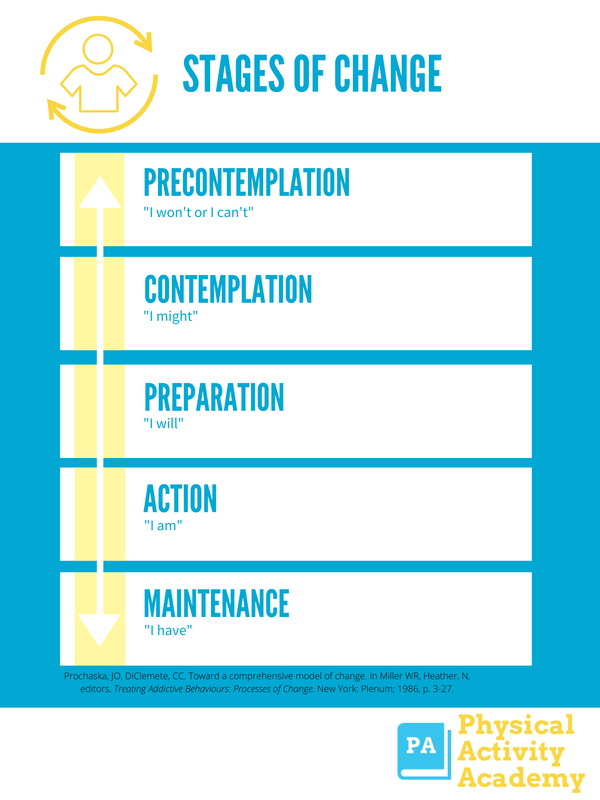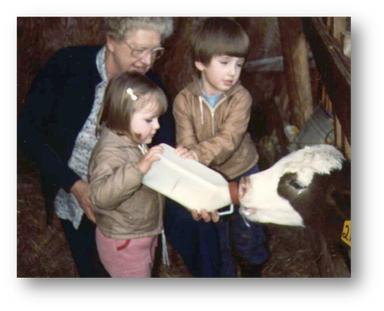|
Lisa, do you know how much physical activity you participate in over a week?
If you've been here on my email list for a while, you probably have an idea… But wait, what does the rest of your day look like beyond your structured workout? Are you actually NOT that physically active over the duration of the day? Measuring incidental physical activity or how active your daily life is can be a surprising snapshot of truly how physically active you are. Current research supports not only structured workouts but also just moving more throughout the day. This is essential now more than ever! If all you do is 30 minutes on the treadmill and sit the rest of the day, you are actually not as physically active as you can be. Your body benefits from continuous daily movement for even 5-10 minutes at a time and it can be as simple as getting up to walk. But how do you know how physically active your day really is? Daily physical activity can be monitored in various ways. The most simplistic way is to log your daily activities and determine the duration of time that is active and passive (e.g., walking to the bus stop versus sitting at your desk). In truth, though, who has time to really put the pen to paper. More realistically, a pedometer might be just the answer to this laborious task! Pedometers, first invented by Leonardo Di Vinci in the 16th century to accurately measure the number of steps taken by human or horse, are small devices that measure your daily steps. Pedometers are motion sensors that detect vertical movements such as acceleration and deceleration of the body. Pedometer technology has advanced significantly over the past 10 years and the flimsy ones of the past are no longer the only option. Many pedometers are still mechanical that use a lever arm with a pendulum (e.g., YAMAX digiwalker) . This pendulum is displaced with each vertical acceleration of the body. The output is a quantitative value, which is equal to the number of movements of the pendulum and thus, the number of steps taken. Newer technology, such as electronic pedometers (e.g., Omron) use accelerometer technology where electrical sensors interact with one another when a step is detected. Dual-axis sensors only react when a movement is accelerated to a certain level. For example, shaking a mechanical pedometer often registers a step as opposed to an electronic pedometer would recognize the shaking is not a true step. Many smart wearable technologies and apps found on your phone are accelerometers, which arguably are more accurate than a basic pedometer. So what do I do with all these daily step values? Consider tracking your steps for a week and calculating a daily average. If you are between 3,000-5,000 steps per day, you are close to the Canadian average. Research suggests that more than 10,000 steps per day will provide health benefits over the long term. But even increasing daily step counts by as little as 2,000 steps is showing positive health changes. Interested in more? Here are some recent research findings about tracking your steps: Smartphone fitness apps and wearable activity trackers boost physical activity levels Association of Daily Step Count and Step Intensity With Mortality Among US Adults Physically active individuals are those who move over the course of the day. Pedometers and accelerometers are useful tools to help monitor how physically active you are day to day. Consider downloading an app for your phone, purchasing a reliable pedometer or even splurge and buy yourself a fancier wearable fitness tracker accelerometer! Stay well and happy stepping, Lisa
0 Comments
Welcome to Spring! We may look at January 1st as a good place to set intentions and make changes in our lives. But what about hitting the reset button for Spring? Research evidence points to highlighting specific calendar events like Springtime as a way to increase your likelihood for wanting to make change. Make sense, doesn't it? New beginnings. New life about to sprout. Washing away the dirt and grime of winter (I’m talking about my dirty street!) and making a clean start. Why not start anew with your physical activity routine now? So why not now? And when thinking of change, it can be helpful to give yourself a framework. It isn't an all or nothing process! Connecting to the Stages of Change, we can set ourselves up for success. There are five different levels that we can be bouncing around in with any behaviour - from flossing your teeth to having your plate half full of a variety of fruits and veggies to making a daily walking routine. Here is a quick infographic to help you decide what Stage of Change you are currently in for your physical activity. We normally fluctuate through these stages (hence the arrow moving up and down on the left hand side) and sometimes we make the behaviour stick and it become a habit (maintenance). Think about your life and what behaviour is now in the maintenance stage.
My most recent behaviour change has been with using mouth wash. Something I never use to do but now I can say, "I have been rinsing with a mouth wash twice a day, although not loving the after taste, for the past 6 months." Now thinking of a Spring reset, why not do a physical activity check in? Maybe your stretching routine is in the maintenance stage but your walking routine is in the precontemplation stage. Are you ready to make a change from one "step" to another? 😂 Let me know how I can help! Reply to this email with your physical activity of choice, what stage you are in and where you want to take it! Stay well and happy moving, Lisa P.S., If you want help formulating your walking routine this Spring, sign up for my FREE online course! Mandy says, "Wow Lisa! What a comprehensive walking resource. It is very informative and well explained. A resource like this was long overdue.” P.S., If you want to learn more about resets, check out the latest Freakonomics podcast, that I enjoyed listening to this week. Although not solely about physical activity, it is a timely listen for us as we see many changes ahead. Today is a special day. It is my grandma's 100th birthday! This powerhouse of a woman has taught me many lessons and I am here today to share one of those lessons with you. Although she is no longer in this world, she is a constant in my life. Let me give you some background… My grandma was the oldest of six children in a rural farming family in Saskatchewan. The majority of her life was spent on a farm with many or all the farm responsibilities you can imagine. From picking eggs out of the henhouse to caring for calves who's mother died in delivery, to feeding all the men on the farm (almost right up to her final years). She would chase cattle back into the right pasture and close barbwire fences regularly. She supported my grandpa and later my uncle during the entire harvest. She cared for a massive garden, flowerbeds and coming into the Fall could be found busy in her kitchen making various recipes from canning to baking and everything in between. Did she ever sit down? I assure you she did enjoy an over-steeped tea most days and a sit down to read and keep up with current affairs with the paper. Don't get me wrong, she lived and breathed the farm but she was also a school grade teacher too! I come by the busy-bodied lifestyle naturally. My grandma was physically active but did not exercise a day in her life. You can be a physically active person and not exercise a day in your life. I distinctly recall trying to teach my grandma how to do some stretching exercises. I can remember being in her living room, down on her plush rugged floor trying to help her with some exercises for her back pain. This was likely when I was an undergraduate student eager to get people to exercise. She point blank said to me, "I don't exercise." At the time, I thought, 'oh come on Grandma, you can exercise.' But I didn't have the insight I have today. You can be a physically active person and not exercise a day in your life. She never learned how to ride a bike nor did she ever try a yoga class. Yet the amount of occupational and domestic physical activity she did her entire life is what I believe kept her in her farm house up until her 90s. She passed away a month shy of 95 years old. She is an example of how including physical activity (any bodily movement that requires muscle contraction and oxygen consumption) not exercise (planned, structured, repetitive physical activity) can add years to your life. With this past week having the International Women's Day, I look to my grandma as an inspiration of a hard working woman who did what she needed to do to keep herself moving without ever stepping foot in a gym. You can be a physically active person and not exercise a day in your life. Who is your inspirational wonder woman this week? If this physical activity philosophy speaks to you, please consider signing up for my free mini online course, ASSESS. It dives into this concept by allowing you to be curious about what physical activity you are currently doing and just maybe you too are not exercising either! And that is okay.
Stay well and happy moving, Lisa Working over virtual platforms have been technologically challenging at times yet I've really liked working through Zoom. It has been a great option to keep physically distanced and has helped me with my exercise verbal cues. Words have greater meaning particularly when someone is trying to move their body at home and not particularly looking at me on the screen. With that said, my #1 tool for Zoom isn't my voice. It is the non-verbal cues that can have the greatest impact. I have to be more of a body language detective and at time I don't know how someone is doing until I ask. And what I ask is "give me a thumbs up, a so-so sideways thumb or thumbs down depending how you are feeling." The thumbs tell me lots! Keeping our thumbs moving well is "crucial" for Zoom success! As I have shared this recent video on finger movements and exercises, it is now time to target our focus to the thumbs. Real Moves for Real Life thumbs edition. Be sure to give this video a virtual thumbs up if you learned something new or simply appreciate the amazingness of your thumbs. 👍🏻 Click the thumbs up symbol on YouTube!
Stay well and happy moving, Lisa |
AuthorMissed my most recent newsletter? Don't worry, I've got your back. Find all my exclusive letters here on this blog. ~Lisa Archives
July 2024
Categories |



 RSS Feed
RSS Feed